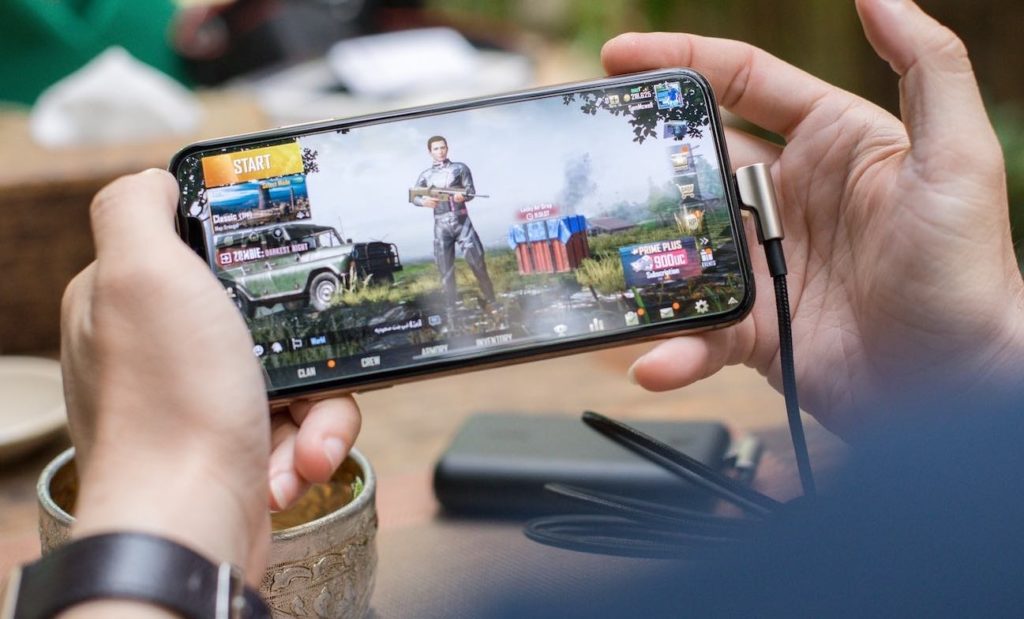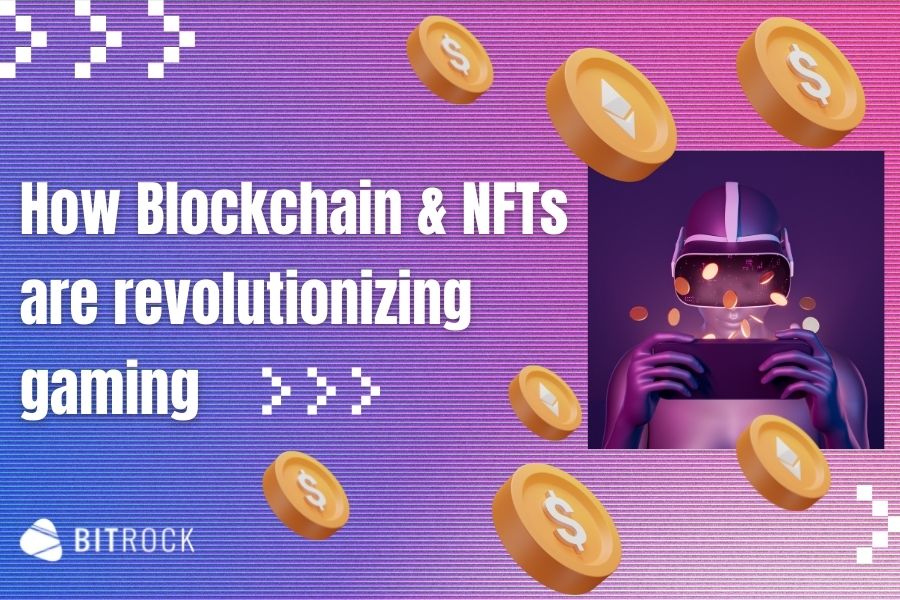It all started with a horse. In 2006, Bethesda popularized the notion of microtransactions in gaming with the launch of the (in)famous horse armor DLC – i.e. downloadable content – for The Elder Scrolls 4: Oblivion. For the somehow affordable cost of $2,50, PC and Xbox 360 players could unlock a cosmetic add-on for an in-game asset, that is the horse used by the player’s diegetic surrogate. It did not provide any significant gameplay advantage, just a shiny metal armor to brag about with oneself in a single-player game.
It was not the first time players had had the chance to buy in-game items for real-world money. Microtransaction had been around since the democratization of internet F2P (free-to-play) gaming, featuring for instance in Nexon’s Maplestory (2003), or proto-metaverse experiences such as Habbo (2001) or Second Life (2003). The last two, in particular, pioneered the offering purchasable cosmetic items for players who wanted to differentiate themselves in crowded online multiplayer spaces.
And let us not forget Expansion Packs, full-fledged additional experiences that could be bought and added to videogames for more plot, quests, items and hours of entertainment, and that first came on physical media and only later via digital download. Some notable examples include Warcraft 2: Beyond the Dark Portal, a 1996 expansion to the wildly popular Warcraft 2: Tides of Darkness (1995), and The Sims: Livin’ Large (2000), released in the same year as the original life simulation game.
Even though we cannot underestimate Expansion Packs’ role in transitioning the gaming industry from a Game-as-a-Product towards a Game-as-a-Service (GaaS) business model, today they have somehow waned in favor of parcelized microtransactions and DLCs. These forms of continuous content have now become dominant, with add-ons – both functional and cosmetic – coming at a lower, less affordable price for players and providing a consistent revenue stream to publishers. Even Bethesda’s scandalous Horse Armor proved successful at the end of the day.
The financial advantages of the GaaS model is still more evident with F2P games, where the ongoing sale of digital goods constitutes the sole source of revenue for the publisher. These addictive mobile games have often turned into viral phenomena that generate way more money than many conventional $70 AAA products – we are talking about games like Fortnite, which generated $9 billion in revenue in 2018 and 2019, League of Legends, $1.75 billion in 2020, or newcomer Genshin Impact, which is estimated to have totalled $3,5 billion in its first year. Seeing these figures, it is easy to understand how the global gaming industry generated a whopping $54 billion in 2020 with in-game purchases only – and numbers are only projected to increase (source: Statista).

NFTs to overcome the limitations of DLCs
However, microtransactions and in-game purchases as we know them have a major limitation. When a horse armor is bought in a game, it stays in the game. It is not really an asset owned by the player, but rather a service that is accessed only in the context of the title that originated it. If we are talking about online-only multiplayer games, as many F2P are, the purchase practically ceases to exist when the game servers are shut down. Furthermore, digital assets bought or earned via gameplay cannot be normally exchanged on secondary markets for real world money – while there currently exist some under-the-desk reselling of items in some MMORPGs, like World of Warcraft, it is a risky practice that tends to go against End-Users License Agreements and leads to inglorious bans.
This is where blockchain and NFTs come into play. Non Fungible Tokens allow players to acquire true ownership of the assets they have bought or earned in game, opening up to collecting, exchanging and reselling. In a word, stronger players’ engagement, fuelled by the Copernican revolution in the flow of value. Companies are no longer the sole beneficiaries of the gaming economy, with players empowered to (re)claim the value of their money or time investments.
All this is possible thanks to tokenization, enabled by the blockchain technology. The term refers to the process of converting an asset, digital or physical, into a virtual token that exists and circulates via the blockchain. In this sense, tokens are representations of assets (money, real estate, art – you name it) that store information in a transparent, efficient, and secure way via the blockchain’s immutable ledger. This allows all users to trace not only the token’s provenance, but also the history of transactions carried out by the users.
NFTs are a special kind of tokens characterized by being – well – non-fungible, meaning that they are endowed with individuality as such and cannot be interchanged with another one. A Bitcoin is the same as every other Bitcoin, just like a dollar is the same as every other dollar. A NFT, by contrast, has unique and permanent metadata that identify it unequivocally. As a sort of authenticity certificate, this record details the item’s nature and ownership history. Another feature that differentiates NFTs from Bitcoin is indivisibility. It is possible to own a fraction of Bitcoin, while it is not possible to have a quarter of a tokenized work of art or gaming item.
All these features suggest why tokenized game assets can offer significant benefits for the players. Unlocking real ownership for unique items earned and bought redefines a user’s relationship with the game, creating a greater sense of engagement that can also exceed the barriers of the game itself. Indeed, the interoperable nature of NFTs means that the gaming items can also be virtually transferred to and reused in other connected games, provided that the game engine and framework supports such functionality. In addition, blockchain-enabled games offer the chance to monetize item ownership in a legitimate way via reselling. We are witnessing the rise of the play-to-earn model, where gaming leads to the acquisition of NFTs that can be later sold for legitimate income.
And benefits are not only limited to the players. Secondary trading of gaming NFTs may also generate immediate revenues for gaming companies via royalties inscribed within tokens themselves. This is one of the most exciting features of NFTs in general, with huge applications for the art world. In a nutshell, it is technically possible to mint a token in a way that automatically guarantees the payment of royalties to the original creator whenever the token is traded between third parties. The system still needs perfecting, being currently some limitations due to the interoperability between different platforms – more info here -, but it nonetheless is a great way to potentially ensure a fair distribution of profits between owners and creators.

NFT Games & dApps to Know
To understand the impact of NFTs in the gaming industry, we need to consider at least two different applications: on the one hand, play-to-earn games that are structured upon the blockchain technology and NFTs, and which often are Decentralized Apps, or dApps; on the other hand, conventional games that variously adopt and integrate NFTs as part of the videoludic experience, without depending on them.
The most popular dApp game is arguably Axie Infinity (2018), developed by Vietnamese studio Sky Mavis. It is a Pokemon-inspired online RPG where players can breed and fight their NFT creature called Axies. Available for mobile and PC, the game was initially based on Ethereum. Yet, Sky Mavis later launched their sidechain Ronin, optimized for NFT gaming due lower gas fees and transaction time (more info here). Axie Infinity can be said to fully leverage the blockchain possibilities by also integrating fungible tokens called ASX and SLP, which serve as in-game currency and can be traded like every other cryptocurrency on the market.
Despite the steep entry price – 3 competitive starting Axies can cost the player $300 and more – Axie Infinity has quickly become a huge phenomenon. It is played each month by 2,8M users, with 10M total players estimated in December 2021. Even more staggering is the overall value of Axies NFTs transactions carried out on Ethereum and Ronin, which in March 2022 reached 4,17 billion dollars!
Due to the features of NFTs, collecting and trading are central in many – if not all – dApp games. CryptoKitties (2017) is another example of a game that focuses on breeding and exchanging NFT pets – there is no other discernible gameplay feature . It is often mentioned as the gateway to blockchain gaming for many players. Immutable’s Gods Unchained (2021) is a trading card game à la Magic the Gathering that offers real ownership of the NFT virtual cards. It leverages Immutable X, the company’s own Layer 2 Scaling Solution for NFTs that allows reducing gas fees. Gods Unchained also features its own homonym cryptocurrency, that enables players to buy card packs and vote in governance proposals that influence the game’s own development. It’s a growing phenomenon: the company reports 80k weekly players in January 2022, with $25 million in Gods Unchained assets traded on Immutable X.
Compared to the huge success of dApps, the relationship of traditional gaming companies and players with NFTs has been less straightforward. Quartz, Ubisoft’s proprietary platform for NFTs – or Digits, as they rebranded them – has been welcomed with mixed feelings since its launch in December 2021. The platform, now in beta, allows players to buy or earn some cosmetic items for the PC version of Tom Clancy’s Ghost Recon Breakpoint, which in turn can be resold on third-party marketplaces. Quartz is based on Tezos, a proof-of-work blockchain that, according to the publisher, “needs significantly less energy to operate. As an example, one transaction on Tezos consumes as much energy as 30 seconds of video streaming while a transaction on Bitcoin consumes the equivalent of one year of video streaming”.
Quartz’s lukewarm reception can be attributed to different factors. First of all, inaugurating the project with only one game, the PC version of a poorly-received 2019 shooter – 58 on Metacritic, with overwhelmingly negative user reviews. Secondly, limiting the acquisition of NFTs to Ghost Recon Breakpoint players that have reached a certain level in the game, effectively leaving out collectors and enthusiasts. Third, publishing sets of cosmetic items that look all the same and are merely differentiated with a serial number. However, despite all this, all Breakpoint NFTs appear to be sold out as of late March 2022.
Another gaming company that has been struggling with NFT implementation is GSC Game World, the Kiev-based developer behind the renowned S.T.A.L.K.E.R. series. On 15 december 2021, they announced that the upcoming S.T.A.L.K.E.R. 2: Heart of Chernobyl would include tokens to be purchased on DMarket, with the most prized allowing its owner to actually become a NPC in the game. The announcement garnered negative feedback from the community, which prompted GSC to backpedal on the very following day: “we’ve made a decision to cancel anything NFT-related in S.T.A.L.K.E.R. 2”.
Konami had greater success with the launch of a NFT collection dedicated to the Castlevania series. The tokens were not items to be used in games, but 14 unique pictures and videos commemorating the 35 year-old franchise. Players seem to have appreciated the nostalgic set, which was auctioned off for ~$160k in total. This achievement prompted Konami to plan more NFTs for the future, as mentioned in their Outlook for the Fiscal Year Ending March 31, 2022.
Phenomena like Axie Infinity or Gods Unchained, and Ubisoft, GSC and Konami’s varied experiences with the blockchain demonstrate one thing: the gaming world is interested in NFTs when these enhance the experience and provide players with unique, valuable prizes that reflect their own passion and dedication. Gaming is a sophisticated medium, and gamers are sophisticated audiences. We have come a long way since the horse armor, and slapping a serial number on mass produced virtual items may not be enough. Today, integrating NFTs within a video ludic experience must be underpinned by a well-designed strategy that takes into account the specific features of the medium.
Within this strategy, technological choices take on a primary importance. The variety of standards – paired with the lack of well-established business models – may hinder gaming companies’ efforts at creating scalable, flexible and environmentally sustainable blockchain solutions. This is why working with a reliable partner is increasingly important.
As a high-end tech consulting company, Bitrock has global expertise in supporting gaming and non-gaming companies for NFT, Smart Contract, cryptocurrencies and blockchain-enabled projects. Thanks to our integrated offering, we can accompany you from the project definition and to the deployment of the last line of code and optimization of the user interface.
To know more about how we can help you, contact us now!
Author: Daniele Croci, Digital Marketing Specialist @ Bitrock

